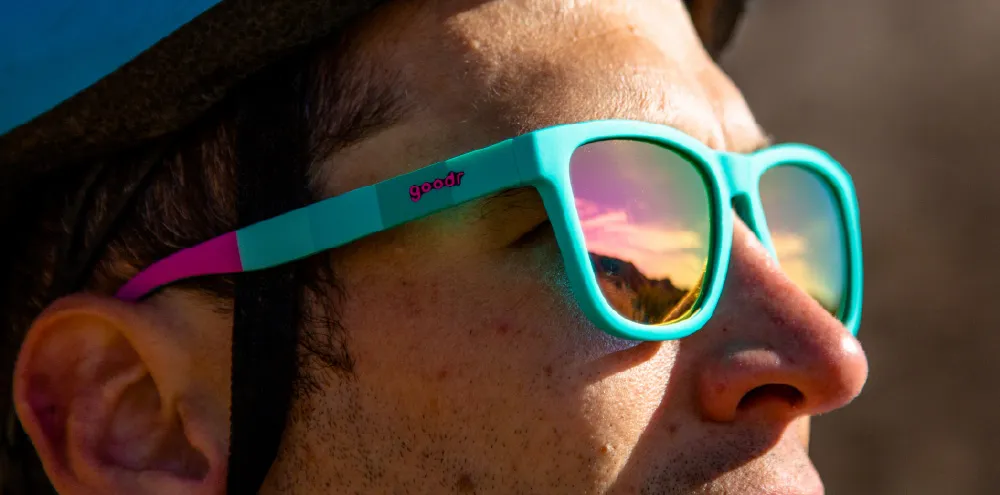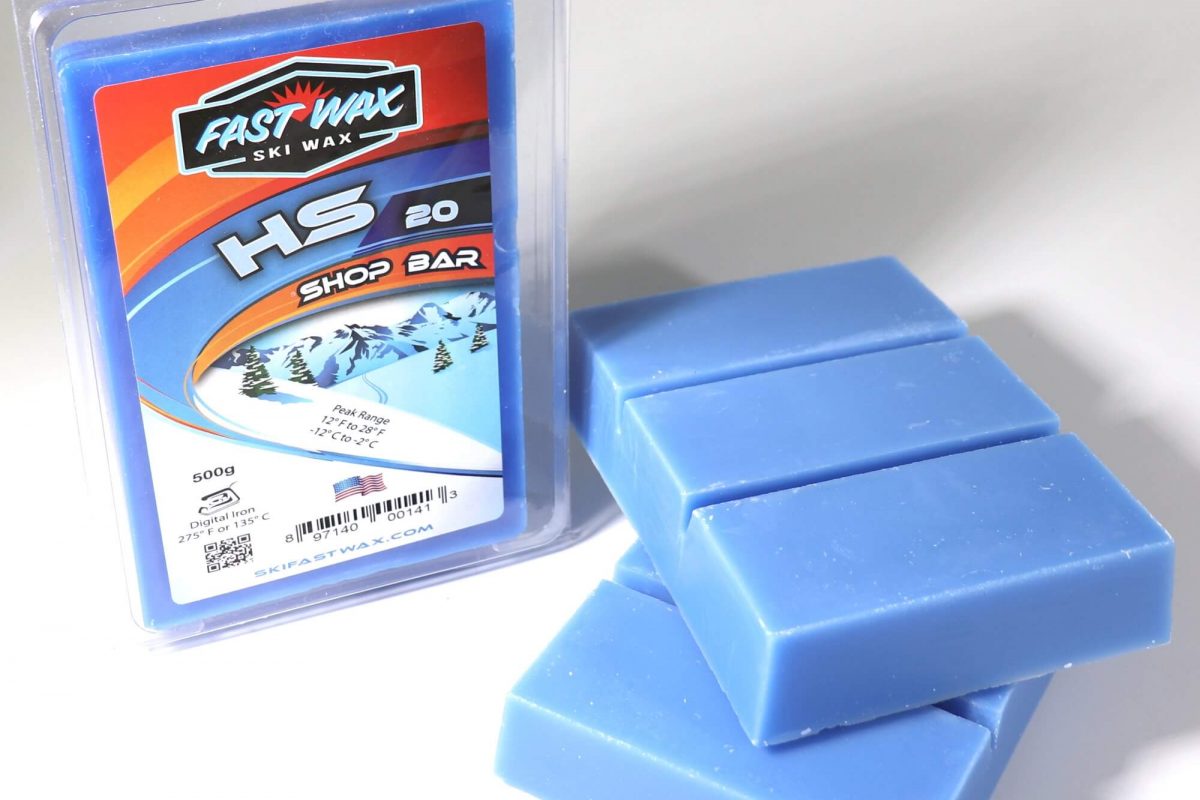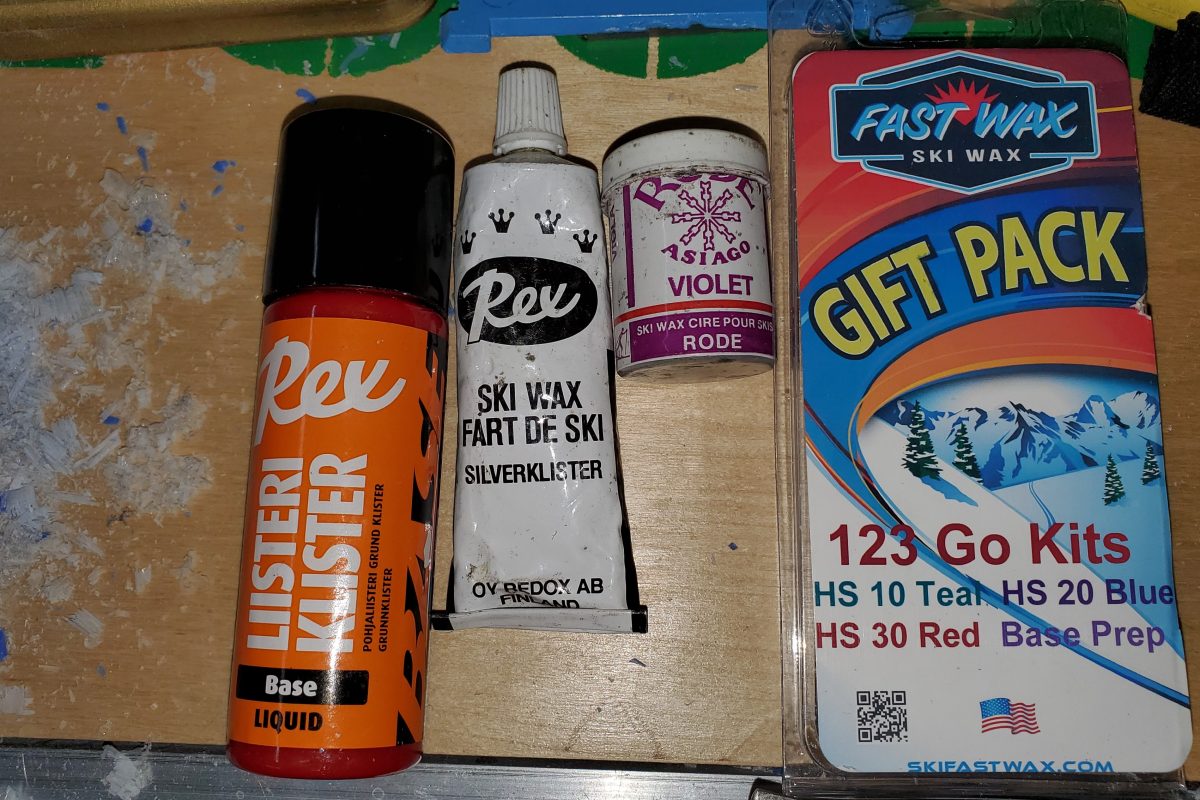These are some of the comments we have received from readers about our discussion of US skiing, including thoughts from Eli Brown of Fischer Skis. Many people have also been posting comments at the bottom of each article in the series, so if it has been a few days since you read the article, we recommend you go back and read all the comments as well. All articles in this series can be found in the right-hand column.
We will be wrapping this discussion up in the next few days with final thoughts from FasterSkier staff and the US Ski Team. If you have comments, or a question for the US Ski Team, make sure to post them now before the discussion is over.
Glad to see FasterSkier initiating this discussion. I'm sure a lot of us have been wondering what happened to the USST this year. Three questions for the cause:
1. Only in the last couple of weeks have I heard that Chris Freeman and Carl Swenson were sick this winter. Obviously that explains a lot, but what's wrong with the USST telling us this at the time – during the competition season?
2. During the last few years USST has placed tremendous importance on power/strength training. I'm sure skiers initially saw quick improvements after a period of strength training – but is it possible that there was too much importance put on strength, which eventually “stole” time from other important training aspects? Is it possible that muscle mass is starting to require too much oxygen? Are the successful teams really placing this much importance on strength training?
3. Is it really a good model to START the season with National championships? Does this lead to some top American skiers trying to peak early to make a team – and subsequently being susceptable to sickness from the stress of having their “big series” so early in winter?
Thank you, and good luck all!
– from Tim Cowan
As far as training goes, I think [Torbjorn's article] is right. Tradition taught that training too hard too young was bad. But when is too young? You read Vordenberg's book or excerpts from Dahlie and they were getting in serious intensity at a young age.
I do feel financial support has something to do with it. It is hard to be a full time skier but also be a full time student or hold a full time job. Home Depot really hit it when they sponsered some of the athletes and let them work a schedule that allowed them to try as much as needed to prepare for the Olympics. I think we need more programs like this so that it is not just the elite 2 or 3 skiers that are getting support.
Lastly, I think there is a problem with the way the ski season is structured. Alpine does not base its Olympic team on one race or one small series of races. Alpine Nationals are at the end of the season, after the World Cup and the World Championships/Olympics. We are asking our Nordic skiers to peak for Nationals so they can make the Worlds team, then turn around and peak 6 weeks later at Worlds. This seems silly. Progressive results, with early races weighted less than later races, should be the deciding factor. Nationals could then be at the end of the year, maybe combined with Masters Nationals, ending the year on a high note for everyone.
– from Daniel Vargo
MONEY IS NOT THE ANSWER, BUT IT IS PART OF THE SOLUTION
By Eli Brown
While money isn’t the solution, it definitely helps. With financial backing, Pete Vordenberg can put his new development program into place. With a little money, we can send our best skiers to New Zealand this coming August. With a little money, an athlete can work part time over the summer, rather than full time. With money we can organize materials, and ideas to create a comprehensive education program for athletes and coaches.
Obviously there is a lot that we can do with US Skiing to improve our standing internationally. There are many ways to skin a cat. The most important thing is that everyone does their part. And money helps!
I think I can speak for the industry in saying that we are working hard to do our part. Approximately 30% of profits from racing are put back into the sport through athlete/team sponsorships, events, race support, pool fees, equipment, etc. We are working hard to provide the best equipment and support for our athletes while supporting the USST Mission, and efforts.
Although it is more important what we do with resources, than what the resources are, money is still an important factor. In a discussion with my good friend Dave Chamberlain he said; “The most important thing is that the ski community believes in what we are doing. It is easy to blame problems on lack of money, or lack of a system.†Dave is right, money is not as important as what we do with it.
As Luke pointed out, the US Ski Team has a mission, and they are sticking to it. As members of the ski community we all need to step up and find our way to help the process. If you don’t have money to put into the sport, maybe you have time to coach or volunteer? Maybe you know someone who has the means to put money into our sport?
It helps that we all read fasterskier.com, teamtoday.org, and discuss the problems and issues openly, but what we really need is action. Lets do it!
I would like to thank everyone for their thoughts and ideas on how to make US Skiing better. The only way we will improve is with an engaged and involved group of people, which we have. We have the basic tools necessary to achieve our goals. What we do with these tools is the next question…
There is a lot of discussion of developing club systems that in return would support elite teams. This is a great idea on paper, but what is the USSA doing to augment this development? A few years ago a few of us had discussions of starting a master’s nordic club in Boise, Idaho. Since most of us came from a cycling background we assumed we would register with USSA, they would supply club insurance and help us get established.
We learned that USSA has little involvement, if any, with most of the established ski clubs in the U.S. We then contacted other nordic ski governing bodies and realized it was up to us if we wanted to establish our club. To establish the club we followed the recipe developed by the Road Runners Club of America. The only difference is we had to get our own insurance. The insurance was a time consuming and complicated issue due to the obscurity of cross country skiing. Now two years have passed and we are an established non-profit club known as Idaho Nordic, still with no involvement with the USSA.
The lack of involvement between USSA and local groups may seem trivial, but I view it as a missed opportunity by the USSA. Trond stated, “Build professional programs that serve the masses and the elite”. The USSA is a program that serves junior and the very elite skiers. The USSA is excluding involvement from the majority of senior/master skiers, who clearly are the driving force of the ski culture and industry. I strongly believe that if the USSA offered a service to this group, the dividends would be huge. Participation would increase and the talent pool would hopefully increase as well. This service would have to be developed but it could include insurance, club membership, race kits, clinics etc. The USSA could generate more cash flow to expand programs and there would be a national connection between all of the ski clubs. This would be a huge undertaking, but I think the USSA can rely on the ski community to get this accomplished with a little direction. By making some connection between all of the clubs in the U.S. it would be far more attractive and lucrative to sponsors to justify their marketing dollars.
I do applaud the efforts by the new U.S. Ski Team coaches. They have opened up communication and are willing to experiment. Just that we are having these discussions could be the catalyst to do something great.
Is there a national board of directors? If yes, who are these people?
Does USSA ever hold events for non-coaches to help establish structure in our country?
– from Joe Jensen



